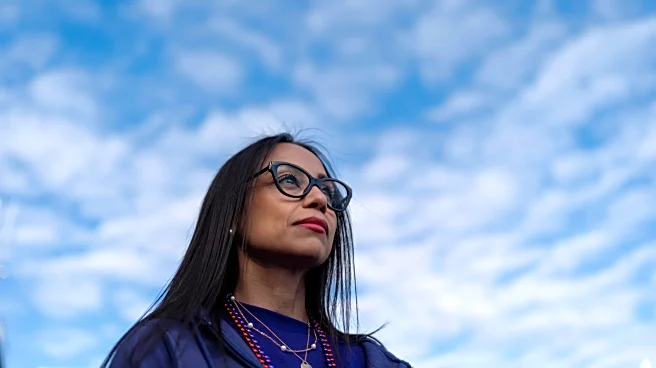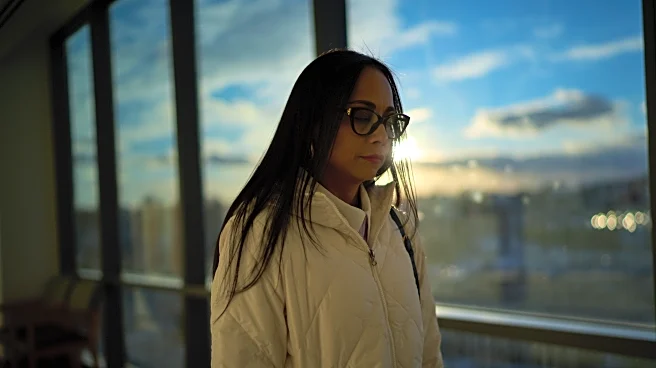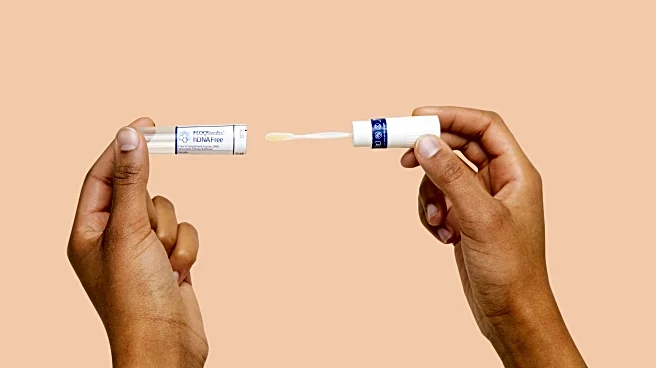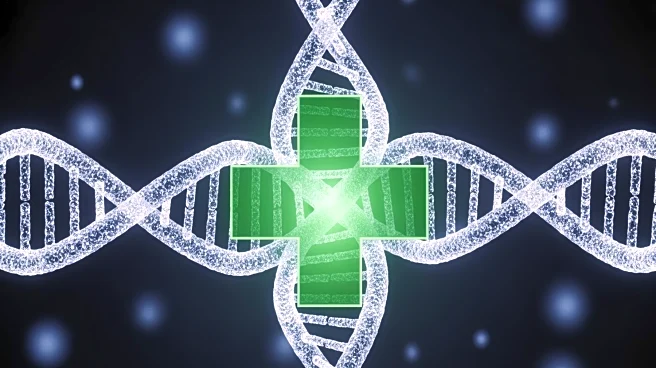Ruth Wilson doesn’t look sick yet “everywhere hurts all the time” – because her immune system is attacking her own body.
The Massachusetts woman has lupus, nicknamed the disease of 1,000 faces for its variety
of symptoms — one of a rogues’ gallery of autoimmune diseases that affect tens of millions of people and are a big medical mystery. Now researchers are decoding the biology behind these debilitating diseases in hopes of eventually treating the causes, not just the symptoms.
Wilson's journey offers a glimpse of the burden.
It took six years of symptoms — fevers, rashes, pain, swelling and, finally, her kidneys starting to fail — to get diagnosed. Over a decade later, Wilson relies on a handful of pills every morning and a monthly IV treatment to tamp down – not eliminate – a chronic disease that’s often invisible.
“You look normal. People see you and they don’t think you have this horrible disease,” said Wilson, of Littleton, Massachusetts. Sometimes healthy people “fake being sick so they don’t have to go to work. We fake being well so that we can continue to do the things that we want to do.”
Her daily pain, fatigue and brain fog wax and wane. Worse are “flares,” when symptoms abruptly and markedly worsen. For Wilson, they bring sudden high fevers, legs too swollen to walk, more intense pain. They impact her job at a medical lab and time with her husband, teen son and college-age daughter.
Wilson learned too much sunshine is one of her triggers. So a family visit to the beach means lots of sunscreen, a big hat and long sleeves.
Whenever a flare strikes, Wilson pricks her finger for a blood sample. It’s part of a study led by the Lupus Research Alliance to better understand the disease's variations.
She balances her illness with volunteering to help other patients. One evening, Wilson greeted members of her lupus support group with hugs, commiserating about symptoms and treatments. Then she introduced a guest speaker, her rheumatologist, to discuss experimental therapies and answer questions.
“It’s important for me to also be a voice for patients because I think of myself, in how lonely I was at the very beginning,” Wilson said. For a long time, “I never wanted to talk about it. Especially my kids, I wanted them to know that I was going to be OK. And so you put on your makeup and your lipstick and your three shades of eye corrector and you go on.”
—-
The Associated Press Health and Science Department receives support from the Howard Hughes Medical Institute’s Department of Science Education and the Robert Wood Johnson Foundation. The AP is solely responsible for all content.
This is a documentary photo story curated by AP photo editors.












